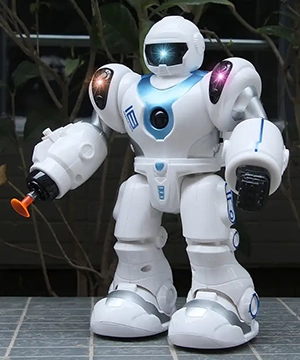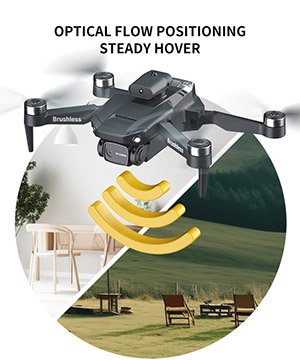I. Current State of the AI Toy Market
The artificial intelligence (AI) toy market has experienced explosive growth in recent years, becoming one of the most dynamic segments of the global toy industry. According to market research data, the global AI toy market was valued at approximately $8.9 billion in 2022 and is projected to reach nearly $20 billion by 2027, with a compound annual growth rate (CAGR) exceeding 15%.
Current characteristics of the AI toy market include:
1. **Diverse Technological Integration** – Modern AI toys are no longer limited to simple voice interaction but incorporate multiple AI technologies such as speech recognition, computer vision, machine learning, and affective computing. Examples include Anki’s Cozmo robot and Sony’s Aibo robotic dog, which can recognize user emotions, learn user habits, and respond accordingly.
2. **Strong Emphasis on Educational Functions** – Around 65% of AI toys are positioned as educational products, such as coding robots and smart building blocks, helping children develop logical thinking, creativity, and STEM skills. Products like LEGO Boost and Wonder Workshop’s Dash & Dot have gained popularity in both school and home education settings.
3. **Clear Price Segmentation** – The market exhibits a polarized trend, with both entry-level AI toys priced at tens of dollars and high-end products costing hundreds or even thousands of dollars. Chinese brands such as Ubtech and Xiaomi perform well in the mid-range market, while American and Japanese brands dominate the premium segment.
4. **Growing Data Privacy Concerns** – As AI toys increasingly collect user data, data security and child privacy protection have become major industry concerns. Regulations such as the EU’s GDPR and the U.S. COPPA have imposed stricter requirements for market entry.
## II. Analysis of Market Opportunities
### 1. Opportunities from EdTech Integration
The expansion of the global online education market has created significant potential for AI educational toys. Developing AI toy products that align with school curricula and support remote collaborative learning will be a key direction. Particularly in coding education, language learning, and scientific exploration, AI toys can surpass the limitations of traditional teaching tools by offering more personalized and interactive learning experiences.
### 2. Blue Ocean Market for Emotional Companion Products
With accelerating urbanization and declining birth rates, the demand for emotional companionship among children is growing. AI pets and AI dolls that simulate emotional interaction and provide psychological support have enormous market potential. Japanese company GROOVE X’s LOVOT robot has achieved initial success in this niche market, proving that consumers are willing to pay a premium for emotional value.
### 3. Innovation Opportunities from Emerging Technology Integration
The convergence of 5G, AR/VR, IoT, and AI will give rise to entirely new forms of toys. Examples include AR-based interactive smart puzzles and AI battle toys supporting multi-device connectivity. Additionally, advancements in brain-computer interface (BCI) technology may lead to revolutionary breakthroughs in AI toys in the coming years, enabling innovative interaction methods such as mind control.
### 4. Potential in the Senior Market
AI toys are not limited to the children’s market; there is also significant demand for companionship and cognitive training among the elderly. Developing user-friendly AI interactive products for seniors, such as memory-training game robots and health-monitoring companion devices, could tap into this underserved market segment.
### 5. Innovation Space Under the Sustainability Trend
Growing environmental awareness has made sustainable AI toys a new selling point. Features such as recyclable materials, modular designs to extend product lifecycles, and low-power consumption technologies will become key differentiators. Furthermore, developing AI educational toys that foster children’s environmental awareness aligns with parents’ consumption values.
## III. Challenges and Recommendations
Despite promising prospects, the AI toy industry still faces challenges such as high technical barriers, long R&D cycles, and difficulties in managing user expectations. Companies should focus on the following:
1. Strengthen core algorithm development to improve interaction naturalness and learning capabilities.
2. Establish robust data security management systems to gain parental trust.
3. Develop differentiated content services to build sustainable monetization models.
4. Consider regional cultural differences to ensure product localization.
### Conclusion
Overall, the AI toy market is in a phase of rapid growth, with technological innovation and evolving consumer demands continuing to drive industry development. Companies that accurately identify key opportunities in education, companionship, and emerging technology integration will be well-positioned to gain a competitive edge in this emerging market.

